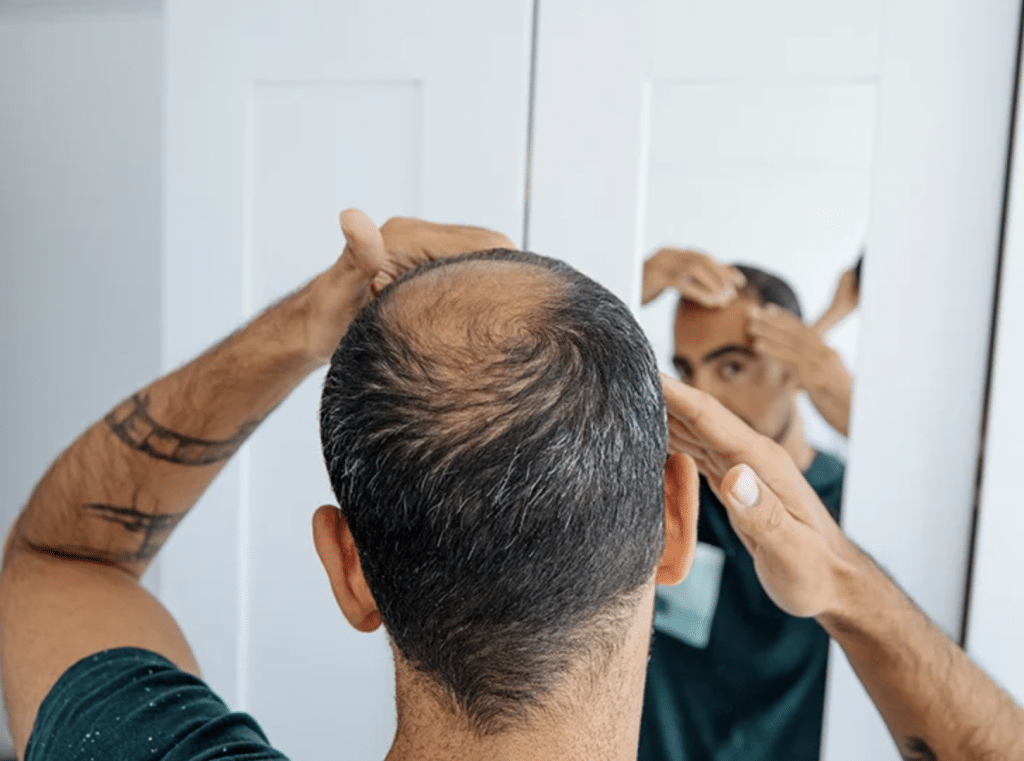If you’re someone who suffers from male pattern hair loss, you’ve probably come across Finasteride when looking for a solution or treatment plan. After all, Finasteride is considered the best and most effective treatment for male pattern hair loss, but does it actually help your hair grow back? In this article, we take a closer look at what you can expect from Finasteride and help you decide if it’s a suitable treatment option for your hair loss.
Does taking Finasteride help your hair grow back?
There are only two medications that have been clinically proven to treat male pattern hair loss, and one of them is Finasteride. A clinical trial published in the Journal of the American Academy of Dermatology discovered that men who used Finasteride to treat hair loss saw significant improvements in their average hair count over a period of 24 months. Specifically, the average hair count of participants increased by 16%, highlighting the fact that Finasteride can successfully help your hair grow back.
What’s more, a longer-term study from Japan also found promising results. Over a study period of ten years, the researchers were able to conclude that 99% of men with male pattern hair loss did not see any worsening of their hair throughout the period while taking Finasteride. Also, more than 90% of the study respondents actually saw improvements in their hair growth, again highlighting Finasteride’s efficacy as a hair loss medication.
Although we’re unable to say 100% whether Finasteride will contribute to hair regrowth, there is a good chance that taking Finasteride consistently over a period of time is a good way to treat male pattern hair loss.
What is Finasteride, and how does it work?
Finasteride is taken orally in tablet form, and its primary job is to prevent the growth of a hormone called DHT, which is the primary cause of hair loss in men. If left unchecked, DHT can cause the miniaturisation of your hair follicles, ultimately causing your hair to die out. Because male pattern hair loss is a genetic condition, there is no cure for it. But thankfully, you can take Finasteride and Minoxidil to treat it in the long run.
Although Finasteride can be taken in isolation, it’s better to combine it with Minoxidil, the other medication that has been clinically proven to effectively treat male pattern hair loss. As a vasodilator, Minoxidil increases blood and oxygen flow to the areas of your scalp affected by male pattern hair loss, which provides your hair follicles with the nutrients that they need to grow and thrive. For example, Sons’ Topical Spray consists of both medications and is a great option for anyone looking for an easy-to-use hair loss solution. You just need to apply the spray to your scalp once a day and await the results, which is why it’s a really popular solution for men with hair loss.
The bottom line
Ultimately, Finasteride can effectively help your hair grow back, but it’s important to realise that every man responds to treatment differently. It’s helpful to combine Finasteride with Minoxidil, as the two medications complement each other. If you’re not keen on using a topical spray, Sons’ Full Works Treatment Plan is an excellent option and will help you as you take your first steps toward treating your hair loss.

